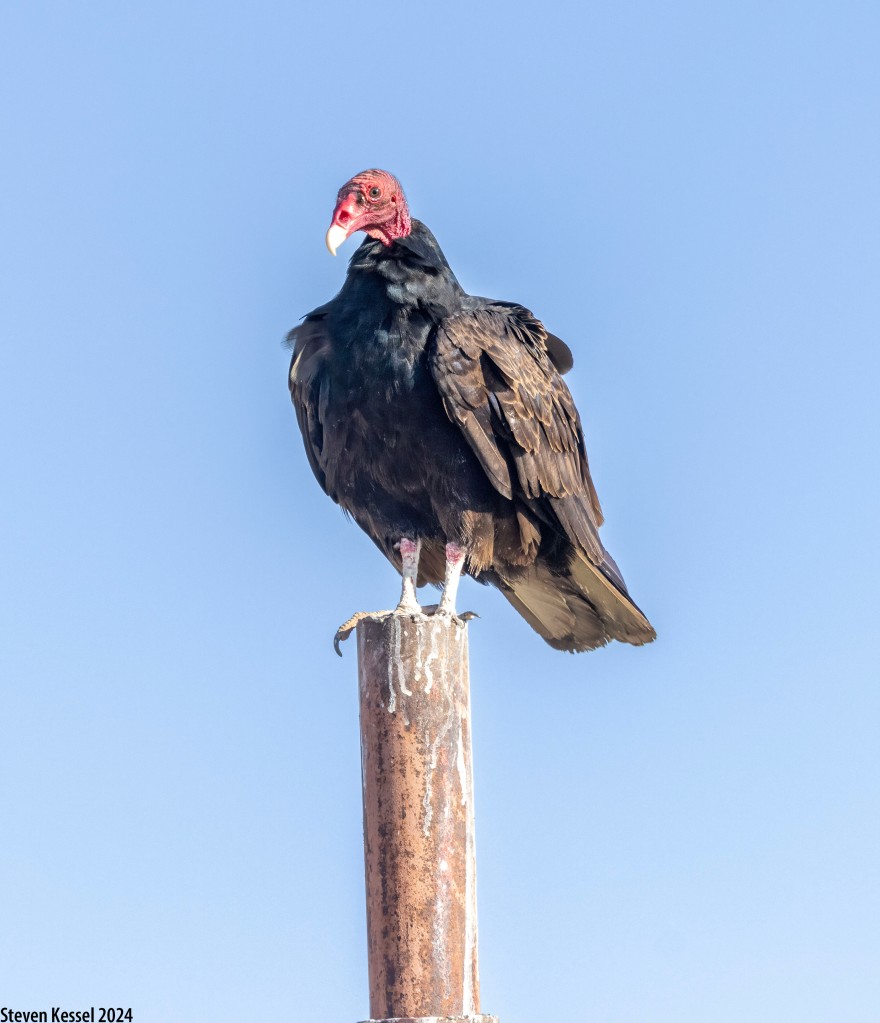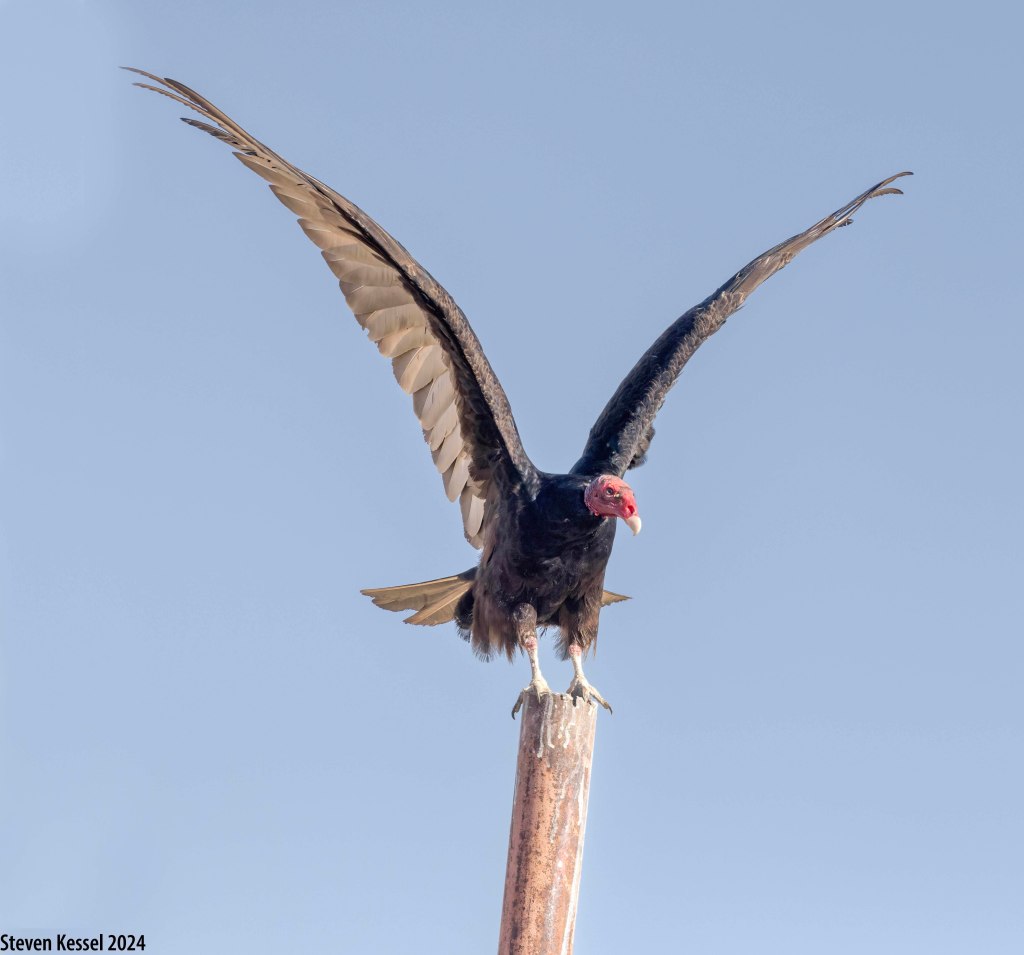You may enlarge any image in this blog by clicking on it. Click again for a detailed view.
Many locations in the world’s temperate zones (those land areas lying between tropics and arctic) experience four distinct seasons each year — summer, autumn, winter, and spring. It’s different in southern Arizona. Here, we have five seasons, consisting of winter, spring, foresummer, monsoon, and autumn.
Foresummer is the period between spring and commencement of monsoon rains. Foresummer begins in May and lasts until the end of June. It is the hottest and driest part of the year. We rarely experience rain in foresummer. Even cloudy days are unusual. More typical is bone dry air, brilliant sunshine, extremely high temperatures with daily highs soaring above 100 degrees (above 37 degrees celsius), and often, strong wind from the west. It is a season of dry vegetation, dust, and brush fires. This year’s foresummer has been typical. We’ve had temperatures above 100 every day in June with a few days approaching 110 degrees (43 degrees celsius).
Foresummer is a challenging season for nature photography because most wildlife shelters from the extreme heat. Birdlife, for example, tends to be active in the first couple of hours after sunrise and then disappears under cover.
But that’s not to say that photography is hopeless. There are photo opportunities this time of year if one is an early riser.
I think of the Turkey Vulture as a symbol of foresummer because it is a bird that seems to be more visible this time of year (and also during monsoon) than at any other time. There are Turkey Vultures that live year-round in southern Arizona, but they are much more numerous during the hot months. In southern Arizona’s farmlands they seem to be particularly visible in early morning hours during hot weather.

Turkey Vultures often roost socially during the night. They have favorite roosting locations and one may often encounter dozens of these big scavengers hanging out in one of these locations in the early morning hours.
I know of one common roost on a cattle operation in southern Arizona’s farmlands. On foresummer mornings I see numerous vultures perching on fences or, as with this individual, a tall metal pole. It is a location that the Turkey Vultures have favored for several years.

I made the images in today’s post a couple of days ago at about 7:30 in the morning. It hadn’t yet gotten unbearably hot and the vultures were lazily hanging out. As the temperatures rose, the vultures took to the air, searching for warm air currents to lift them skyward. A vulture on a rising air current can float effortlessly for hours, often at an altitude high enough to offer significantly cooler temperature than at ground level. At sunset, the vultures will return to their roost to await the next morning.

Images made with a Canon R5, Canon EF 400mm f4 DO II lens+Canon EF 1.4x telextender, M setting (auto ISO), ISOs ranging between 1600 and 2500, f5.6 @ 1/4000.
